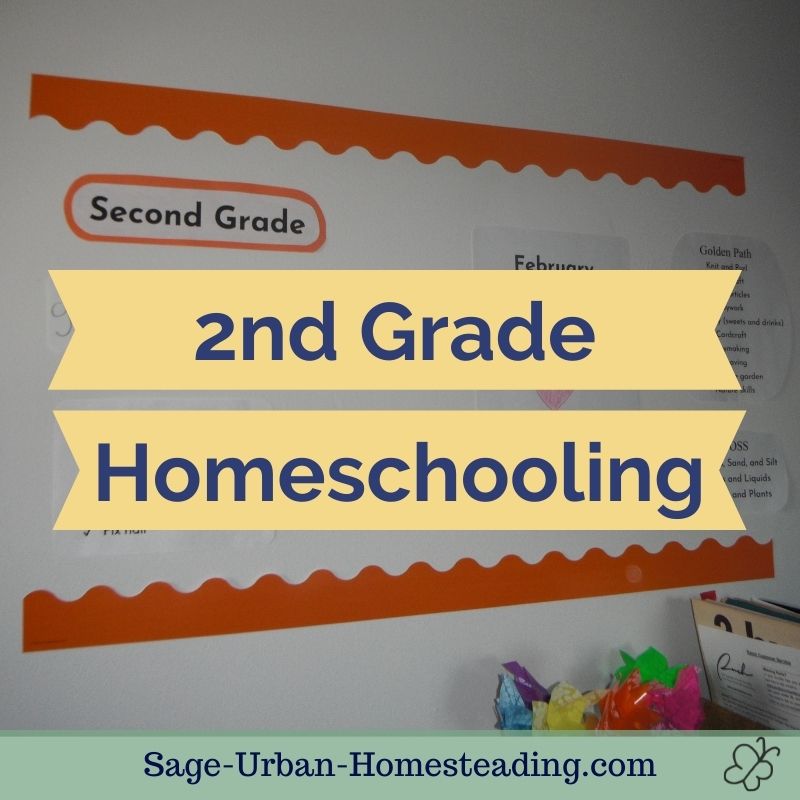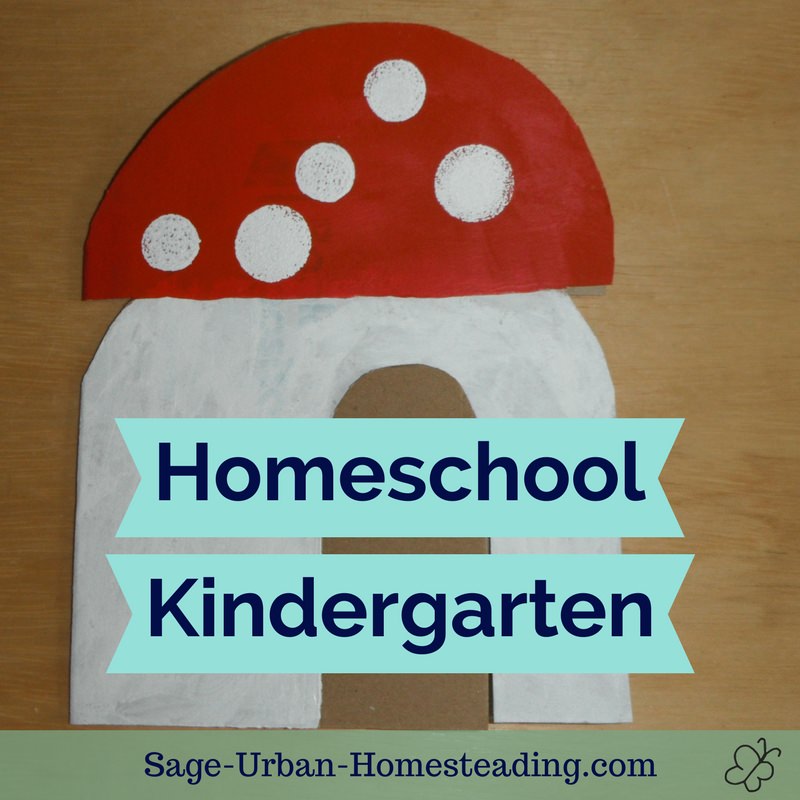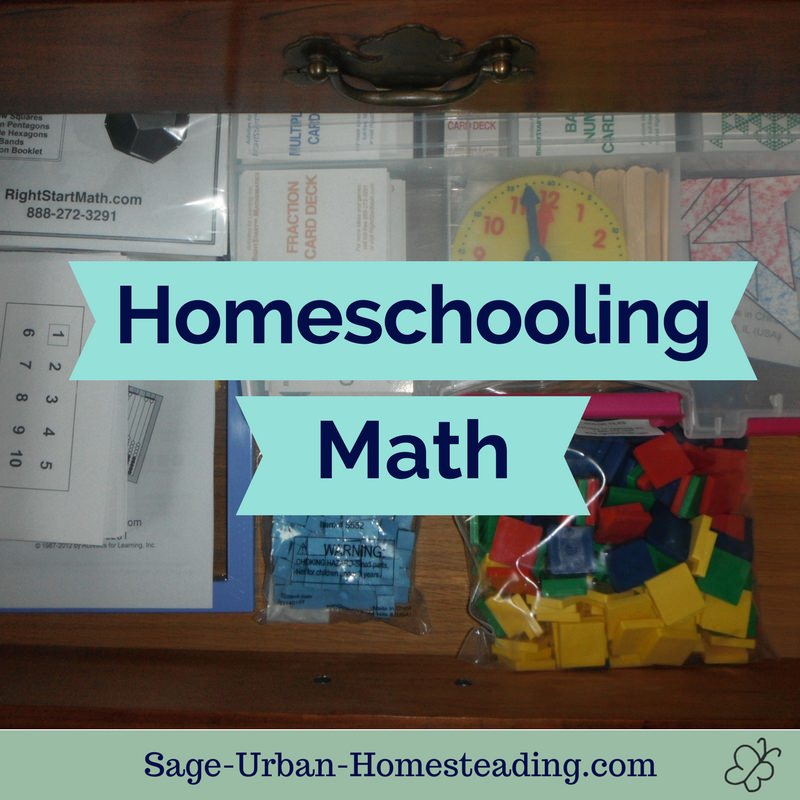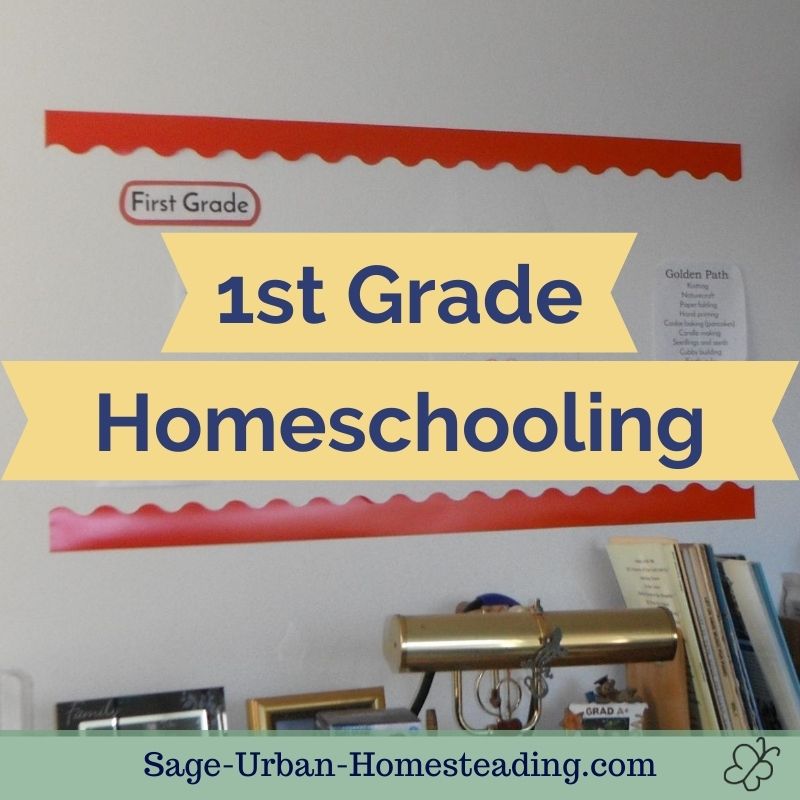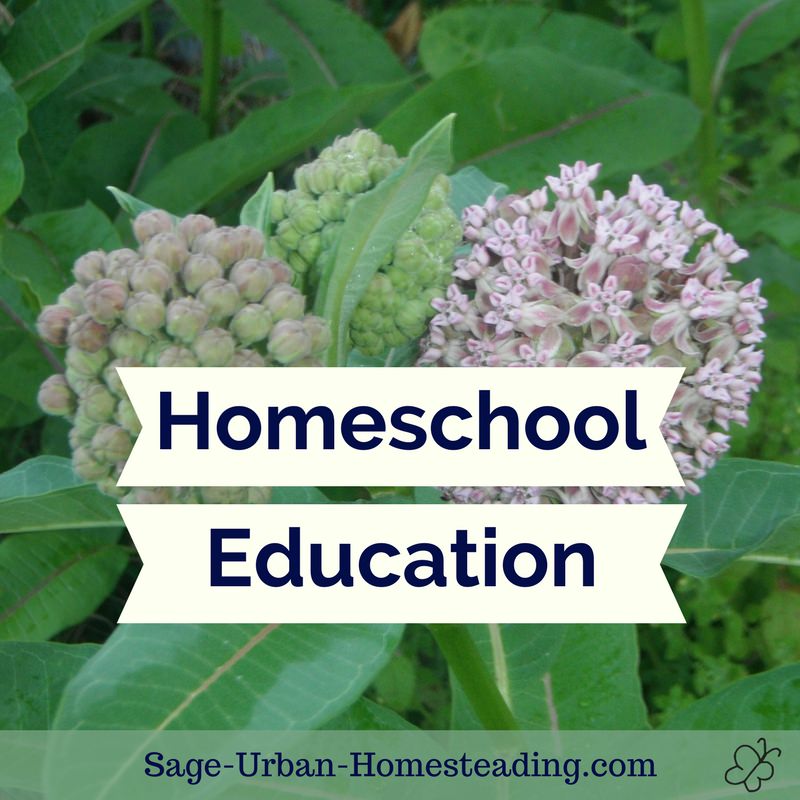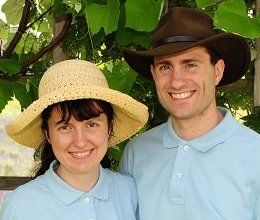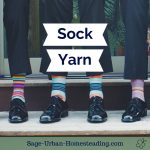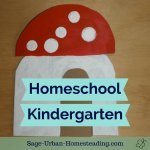FYI: I earn a small commission from some links and advertisements.
- Home
- 2nd Grade
2nd Grade Homeschooling
Here's an overview of what our year of 2nd grade homeschooling (age 7-8) was like. Learning became more independent with a student-led schedule.
Pandemic era homeschooling was not that bad. We missed field trips and extracurricular activities, but we made lots of new friends as even more people decided to homeschool or do virtual learning from home.
We were thankful to already be established homeschoolers, so we didn't have to go through any "deschooling", but we did have the normal growing pains of getting older and wanting more autonomy.
Homeschooling a Second Grader
My second grader wanted to continue the more independent style of learning that we had changed to by the end of first grade. Now that we had a toddler and that she was a proficient reader, she didn't want to have to wait for me to do school with her. She enjoyed doing workbooks and studying at her own pace.
I was not ready to give her math workbooks. I wanted to continue our hands-on math program with lots of games. We also continued to do spelling and science experiments together.
Our Schedule
I was planning to give her more autonomy about setting her own schedule out of necessity because I was busy with a toddler and because she seemed old enough. Most workbook sets for each subject had 5 books, so we were aiming for roughly one each for September, October, February, March, and April.
You can skip December and January?
Yes! As a homeschooler, you can set your own schedule. We don't stop learning -- learning is our way of life! But we do stop lessons. Instead we do Christmas crafts, baking, and things involving friends and family, and our religion.
At first I turned her loose on that, but then I realized she needed a little more help, so we did the math together: If your goal is to be finished with this book by the end of the month, how many sections do you need to study each week? How many pages do you need to do each day?
If she didn't meet her goal, she could do more the next day or on the weekend. Or she could still be doing work in January and May. Yeah, that happened, but she learned and got better about it. You could also see which subjects she put off doing.
We were still doing "together time" subjects as I was available, but otherwise she could study every subject on her own and not be held back because I'm too busy.
Our subjects together:
- If you remember back to K1 (pre-K), we started with Waldorf Essentials. I wanted to continue the readings , which focus on Aesop's fables in second grade, and we still did the book of block crayon drawings.
- We did art lessons together on Fridays.
- Even though she had some science workbooks, I still wanted to do my hands-on program with lots of experiments. She also kept a composition notebook science journal to record what we did.
- We started out the year continuing the All About Reading program together since we were in the middle of a level. It was good to monitor her progress a little more, but as the year went on she felt like she'd already learned everything from her workbooks and resisted doing any more.
- Spelling practice requires someone to say the word, so we had to continue that together.
- Math needed to be together because I wanted her to have a strong foundation, and most of the games required at least 2 people.
For physical education, during summer 2020 we had studied the Olympic sports through lots of library books and a couple of short videos. We did stuff outside like making an obstacle course with sidewalk chalk. In spring 2021, we started meeting with other homeschoolers at local parks once a week for games like tag.
Her workbooks were language arts, reading, science, social studies, and music from Christian Light Publications. I knew that she needed more practice with writing, so she also had a 5 trait daily writing exercise book.
She was really eager to learn cursive and happy to see it introduced in the language arts workbooks.
Fall Second Grade
So how did it go with our more independent schedule?
By October, it was clear she still couldn't handle time management even with weekly progress checks, so I helped her calculate a simple schedule of doing a writing worksheet every day plus two subjects, and I checked daily to make sure they were done.
Doing RightStart math together turned out to be 3 times a week because I needed someone else to watch the toddler.
We still did All About Reading once a week. I was glad we worked on those over the summer and got ahead.
We also started our together time science a little early because I was aiming to have geology done before Thanksgiving and start matter in January. We decided it was better to keep going into the matter book and do it whenever we could because sometimes the experiments and investigations take a longer chunk of time and that's not easy to plan with a toddler.
It's really amazing how little together time there is between meals and diapers and laundry! At least I signed up for this. I am feeling sorry for all the people who don't want to be homeschooling and now have no choice.
We missed dance class and swimming, so we signed up with a scouting group hoping for some hikes and socialization, but it ended up being all virtual.
We were given notice that county reviews would be virtual then given the same old form to fill out ourselves and turn in with the video chat. It appears that the number of homeschoolers more than doubled! I'm glad we are experienced and got to be among the first reviews.
I tried to help newbies in the chat groups know what to expect and reassured them that all of our reviewers have been very nice. The question of having kids present came up again. Understandably, people are afraid of having their child quizzed, but our county reviewers are not allowed to do that. My shy child never says anything anyway, but I can tell she loves showing her work. (Update: She did talk during this review and she was really excited to hold her best work up to the camera!)
I feel like it's a good experience for her to be there and see that what we do for homeschooling is important. It's not the ideal, but the situation is that we are all there just to check off the legal requirements with the county is doing the least they need to do and us worried about showing the least we need to show.
There is always more that we are actually trying to teach than is on their checklist, and they are not actually checking that our children have learned anything only that we have offered it to them. As the saying goes, "You can lead a horse to water, but you can't make it drink."
Winter
Our virtual review was much quicker than in-person ones in past! She attended as usual and this time was eager to help find her favorite things she did and the best examples.
In science, we studied solids and liquids and changing form such as freezing and melting.
Our new schedule of writing some target deadlines in the workbooks so she could pace herself better was working well. I still like having her write the date completed along the table of contents.
Girl Scout badges she did on her own without the troop: democracy, snacks, virtual group events for robot design, and connecting to community with a community service project. She absolutely loved building an indoor fort as part of a STEM camp at home event.
We enjoyed playing in snow and sledding -- that counts for phys ed!
She did geometry in math. She used a T-square and drafting triangle while learning to draw geometric forms and divide them into fractions. She practiced subtraction more. She eventually got into some multiplication and made a set of Waldorf style multiplication circles. Aren't they pretty?
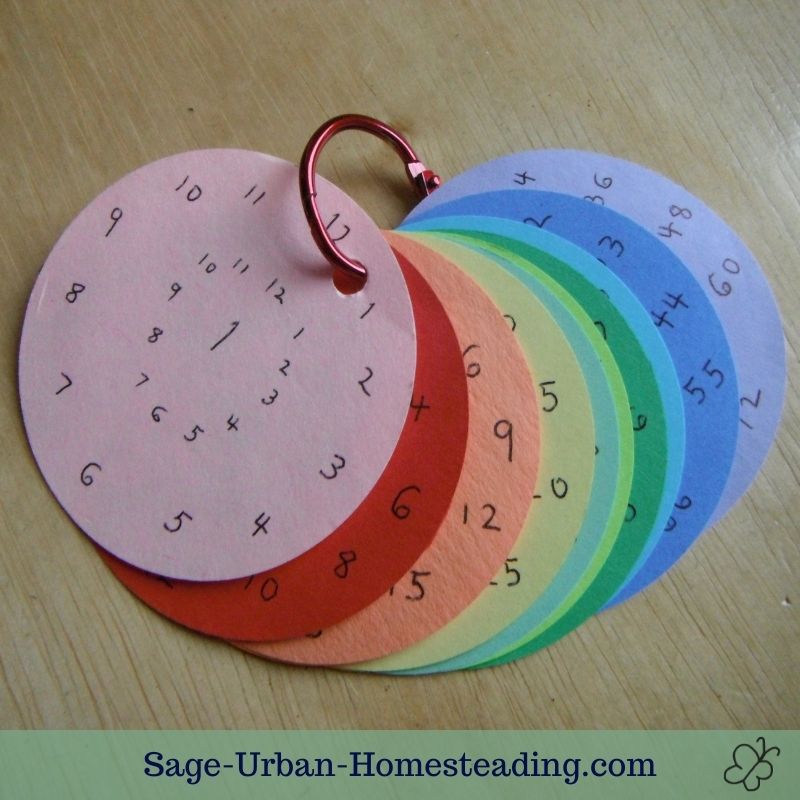 Each circle is a number in the multiplication table with factors in the middle and the products around the outside.
Each circle is a number in the multiplication table with factors in the middle and the products around the outside.We read fables together. We read How Much Is a Million? and the original Cloudy with a Chance of Meatballs book which she really enjoyed. I'm so glad I waited to introduce that to her once she was old enough to get most of the subtle jokes and appreciate the illustrator's style.
She helped with putting together toddler color boxes.
Spring
We had a lot of fun studying insects for science! We raised mealworms, milkweed bugs, silkworms, painted ladies, and of course honeybees in our hives as we studied life cycles. We also read about ants and termites and read books with poems for two voices.
They were Seeds, Bees, Butterflies, and More! poems for two voices and the Newberry winner Joyful Noise: poems for two voices.
Her interest in cursive grew and she started using at a lot (please not in math!). I heard a rumor that they stopped teaching cursive in school because they don't want this generation to know how to read the Constitution or Bill of Rights. Regardless, she loves it, it's good for her brain, and it is possible to know how to write in cursive and how to type. Why not do both?
We are not doing typing yet for several reasons. Her hands are still growing. She needs to develop better posture. She shouldn't be having sitting-still screen time while her body needs to move and grow. And if she is going to sit and use her fingers, it's going to be at the piano! She dabbles some, but is not ready for formal lessons. It's something to look forward to next year.
Summer
She is so into workbooks that she wanted and asked for the Summer Brain Quest workbook. She went through on her own (without any encouragement from me) and calculated when she wanted to do them and dated each page for when she should do it. And she did it in pencil so she could adjust if she did it another day! I was so impressed.
I like to encourage crafts and handwork anytime, but especially in summer. We always do the summer reading programs through the library, and it's great to keep your hands busy while doing an audiobook. I tried to teach her some crochet, but the yarn she chose made it difficult for her to see the stitches. She got into making embroidery floss bracelets and beaded keychains. It was nice to see her make things for friends, too.
Transition to the Next Grade
We continued our yearly tradition of looking back over what she learned in second grade homeschooling, what she wanted to do this summer, and what she wants to learn in third grade. I will finally let her have math workbooks next year, but she has to finish up the RightStart math level we were doing for second grade and that has stretched into summer. It will be interesting to see where the level is for the workbooks and if it is too easy or hard.
Summary of 2nd Grade Homeschooling
She is now proficient reader and enjoys chapter books. She has read almost all of the American Girl series historical books.
We spent the summer finishing level C of RightStart math. For third grade, we are planning to add math workbooks. We will also drop the reading workbooks since she knows how to use a dictionary and thesaurus. She wants to read the stories but not have the workbook to fill out for those.
We plan to start piano. She really wants ukulele, so maybe we will do some of that, too. She already knows how to read music and the basics about chords and intervals.
Ok, looking over my summary from first grade, and wow, that was an inspirational pep talk, lol. I can't say it again any better, so head back there if you need it.
